Precision Physical Therapy
Techniques and Treatment To Aid Your Recovery
RECOVERING FROM AN INJURY
Precision Is Here To Help
A customized physical therapy program can help individuals return to their prior level of functioning, and encourage activities and lifestyle changes that can help prevent further injury to improve overall health and well being. Primary care doctors often refer patients to physical therapy at the first sign of an issue, since it is considered a conservative approach to managing problems.
Technique And Treatment Options To Help You Feel Better

Proprioceptive Neuromuscular Facilitation
Proprioceptive Neuromuscular Facilitation uses the brain and nervous system’s complex feedback system to optimize patterns of movement and posture. PNF can be an important part of a rehab program that improves range of motion and increases muscle activity. Research has shown that PNF can be superior to traditional static stretching in improving flexibility.
Soft Tissue And Fascial Mobilization
Soft tissue and Fascial mobilization can optimize soft tissue flexibility utilizing techniques such as active release, trigger point release, strain/counterstrain, and positional release. Reducing tone in tight soft tissue can help to reduce pain and maximize tissue mobility, helping you to move better and feel better.

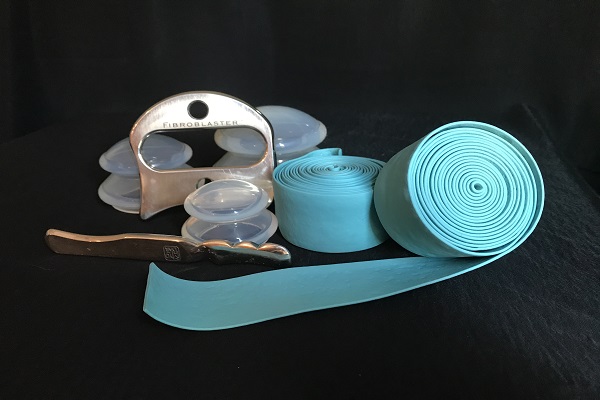
Instrument Assisted Soft Tissue Mobilization
Instrument assisted soft tissue mobilization (IASTM) is a method of treating soft tissue dysfunction. It utilizes instruments (ie. tools, cupping, wrapping, etc) to assess and treat soft tissue. When dysfunction is found, the instruments are used to treat the area, resulting in stimulation of the nervous system and modulation of pain. This prepares the tissue to move better and feel better.
Joint Mobilization And Manipulation
Joint mobilization and manipulation utilize techniques to target joints in the body that can be a source of pain or movement dysfunction. This technique can assist with decreasing pain and restoring optimal movement to a dysfunctional joint. It targets receptors in the joints that work in conjunction with your nervous system to allow for improved joint mobility, stimulation, or relaxation to muscles surrounding the joint, as well as reduction of pain.
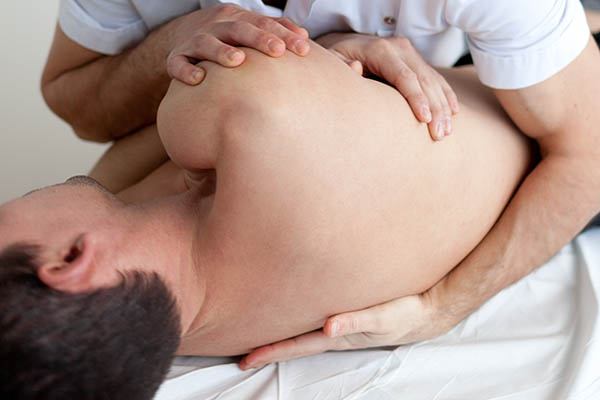
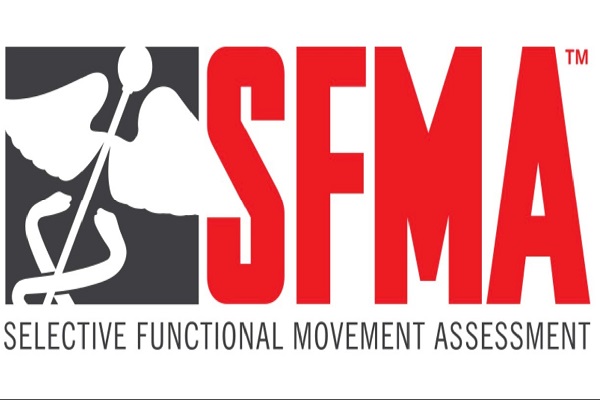
Selective Functional Movement Assessment
Selective Functional Movement Assessment is an evaluation and screening tool that uses movement patterns to effectively identify specific movement dysfunction. These dysfunctional patterns can be used to identify or predict movement patterns that can put one at risk for specific injuries.
Kinesiotaping
Rehabilitative taping techniques are designed to provide support and stability to muscles and joints without restricting their range of motion. Taping helps to manipulate soft tissue to prolong the effects of hands on treatments administered in physical therapy. It is safe for use from pediatric to geriatric populations to treat a variety of osteopathic, neuromuscular, neurologic, and other medical conditions.
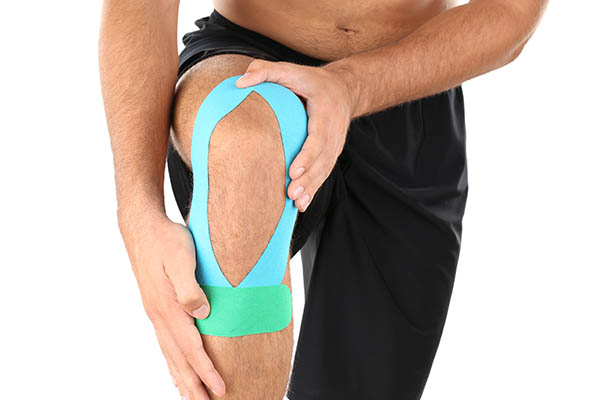
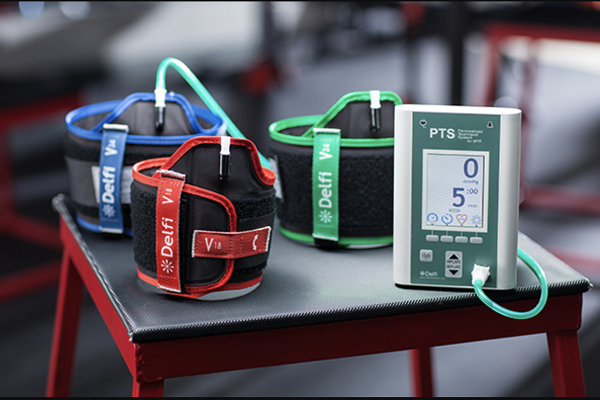
Blood Flow Restriction
Blood flow restriction (BFR) uses an inflatable cuff placed around the arm or leg that allows arterial flow of blood into the limbs, but restricts venous flow of blood out of this limb. Exercise is then performed at a very low resistance and high number of repetitions. This creates an increase in hormones and growth factors to this area, resulting in muscle growth and increased strength. BFR achieves a similar result to heavier resistance training with a much lighter resistance. This can be especially effective in a rehab program where recovering tissue cannot tolerate a high amount of resistance while exercising.
Schedule Your Appointment Today!
Contact us to schedule your Physical Therapy session at our office in Hampton Township. We look forward to helping you move with precision.
